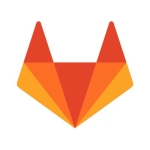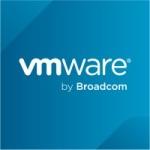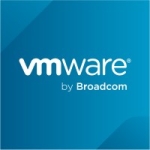What is our primary use case?
We can use it to configure or to change the configuration in a large number of servers. Also, if there are some issues in comprehension, for example, permission or ownership, we can fix that with the Ansible label.
We can use other advanced features. Currently, for example, we are using BigFix for automation. We use Ansible since it doesn't need agents to install on every server. For BigFix, in contrast, you do need to have a BigFix agent for every server. Not having to do that with Ansible is a benefit for us.
How has it helped my organization?
The Ansible automation platform helps us achieve our goals. It is easier to handle and easier to understand. We can learn it easily, and we can share it with colleagues also very easily.
New colleagues and new people can understand the solution very well, making it quick for onboarding.
What is most valuable?
It is easy to manage. If we make a playbook, we do need to have some skills in scripting or skills for the AML file. However, once we do, we can easily handle the issue.
What needs improvement?
We are just starting to use the solution. I can't speak to improvements, really. So far, I am more comfortable with this product than the previous one. Once we start using it heavily, maybe we will see issues.
For how long have I used the solution?
I've been using the solution for one year.
What do I think about the stability of the solution?
The solution is stable. Some colleagues and other companies use it and comment that it is easy to use, easy to understand, and offers good features. They're very positive when discussing Ansible.
What do I think about the scalability of the solution?
The solution can scale. It can cover large amounts. Many other companies also use it successfully.
We have more than 600 Linux servers. We are using it on all the servers.
How are customer service and support?
We use Red Hat a lot. I open tickets for the Red Hat cases, however, with Ansible, I haven't opened any cases. My manager worked with them a bit.
If we have a problem with some file and we need to get Red Hat to analyze the issue and the file is 100GBs, we'll have an issue since we need to provide a log file for them to analyze. If it is around 12GB or 13GB, we can easily upload it to the Red Hat portal. With more than 100GBs, it will fail. I heard it should cover up to 250GB for an upload, however, I find it fails. Therefore, Red Hat needs to provide a way to handle this.
How would you rate customer service and support?
Which solution did I use previously and why did I switch?
We also use BigFix. However, we need to have an agent on every server with BigFix, which is not the case with Ansible.
Our manager had already implemented Ansible, and we were using it in the lab previously. In the lab, we saw it running very smoothly. Some of the production servers also use Ansible as well.
How was the initial setup?
I was involved in the initial setup. I use it in the lab server for now, and it is good. It is going to be in production soon. However, we already deployed it in lower environments, like the QA and development servers.
What was our ROI?
We might see an ROI soon.
Which other solutions did I evaluate?
Previously, we had BigFix and considered other solutions. However, when Ansible came in, and we studied it a bit, we felt that it would be easy to understand and easy to implement. The learning curve was small.
What other advice do I have?
We are a contractor of the client. We support the client, so whatever the client needs, we use and provide. Our client owns Red Hat, and therefore we use it.
Our operating system is Red Hat. We chose it due to the fact that it is open source. In Red Hat, we can use VMware or physical servers or the cloud and find Red Hat to be easy to use, secure, and user-friendly. Also, if we use all RHEL products, they are all compatible with each other. If we use a third party, we might have issues. With RHEL products, it is already tested on the RHEL side, so we don't generally see issues.
It's one of the best products to use. It is easy to understand and easy to manage. You can use it if you have a cloud, physical server, or VMware. It is very good and offers operational efficiency.
I would rate the solution nine out of ten. We like it, and we feel good about its capabilities.
Which deployment model are you using for this solution?
Public Cloud
If public cloud, private cloud, or hybrid cloud, which cloud provider do you use?
Microsoft Azure
Disclosure: My company does not have a business relationship with this vendor other than being a customer.





















